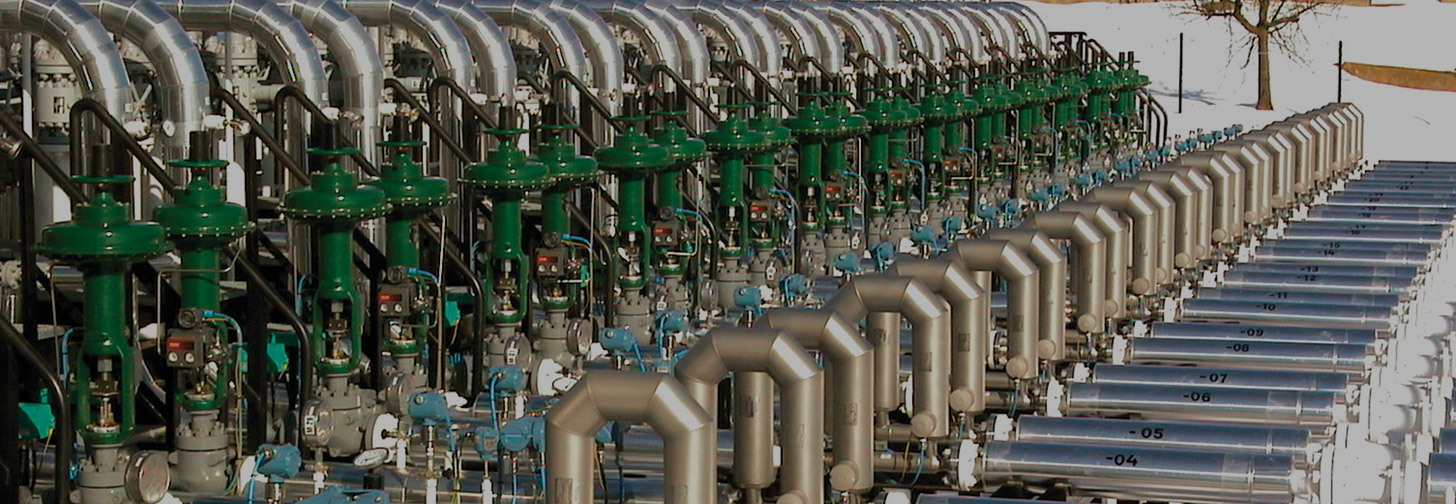Basic Instrumentation for Operations increases the level of awareness and understanding of the most commonly used instruments in the process industry.
The objective is to streamline the troubleshooting process by providing a ‘common language’ between operations and maintenance. Effective communication will
accelerate repairs and minimize downtime.
WHO SHOULD ATTEND:
• Operators
• Shift Supervisors
• Process Engineers
• Production Managers
AGENDA:
Introduction to Instrumentation
• What is an instrument?
• 4-20 mA
• Calibration
• Dropper Resistor
• HART Communication
• 2-Wire & 4-Wire devices
• Troubleshooting ‘4-20 mA’ Input Signals
Pressure Measurement
• What is pressure?
• Pressure Measurement Units
• Absolute vs. Gauge Pressure
• Differential Pressure Measurement
• Troubleshooting Pressure Transmitters
Flow Measurements
• dP Flow Measurements (Orifice Plate)
• Velocity Flow Measurement (Magnetic, Vortex & Ultrasonic flow meters)
• Mass Flow Meters (Coriolis & Thermal)
• Troubleshooting Flow Meters
Level Measurements
• dP Level Measurements
• Bubbler Level Measurements
• Radar (Non-Contacting and Guided Wave)
• Ultrasonic Level Measurements
• Troubleshooting Level Measurements
Temperature Measurements
• RTD’s & Thermocouple
• Cold Junction Compensation
• RTD vs. Thermocouples
• Troubleshooting Temperature measurements
Regulators
• What is a Regulator & How Does it Work?
• Self-Operated vs. Pilot Operated Regulators
• Droop
Control Valves
• CV and Flow Characteristics
• Rotary and Sliding Stem Valves
• Valve Cavitation and Flashing
• Positioners, Actuators, and I/P’s
• Troubleshooting Control Valves
On/Off Valves
• Solenoid Valves
• Proximity and Limit Switches
• Restrictors and Volume Boosters
Closing the Loop
• PID Control
• Controller Modes
• PID Tuning
• ISA Symbols

